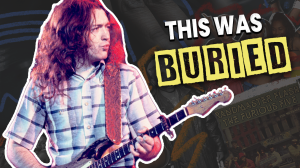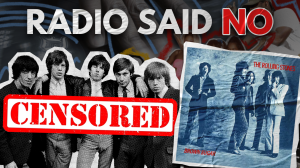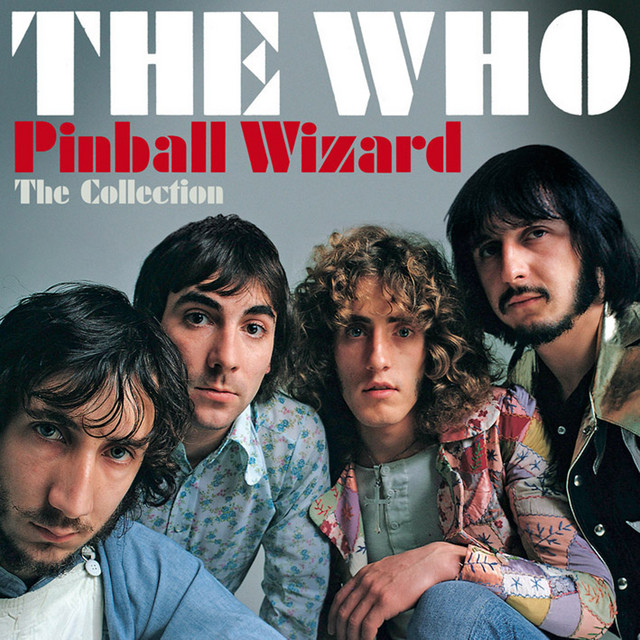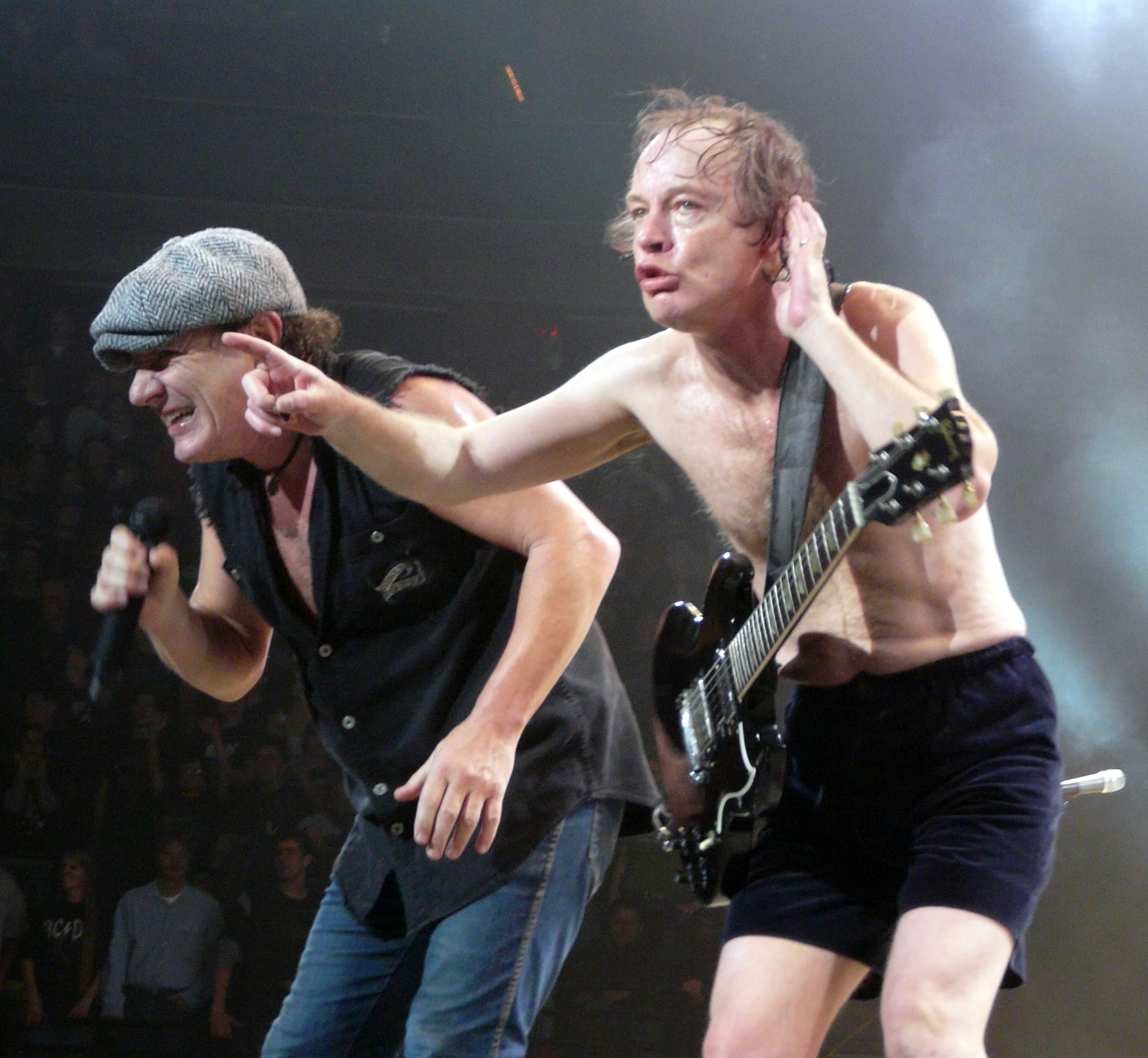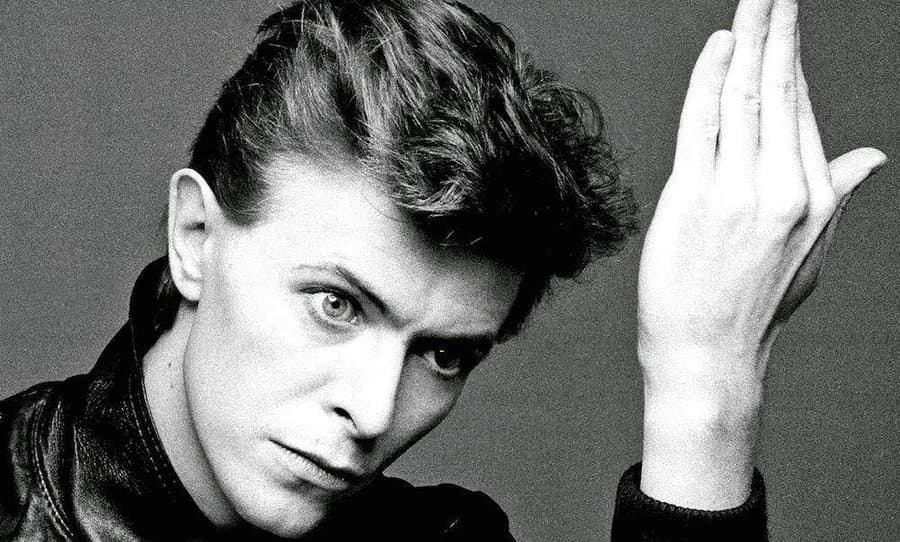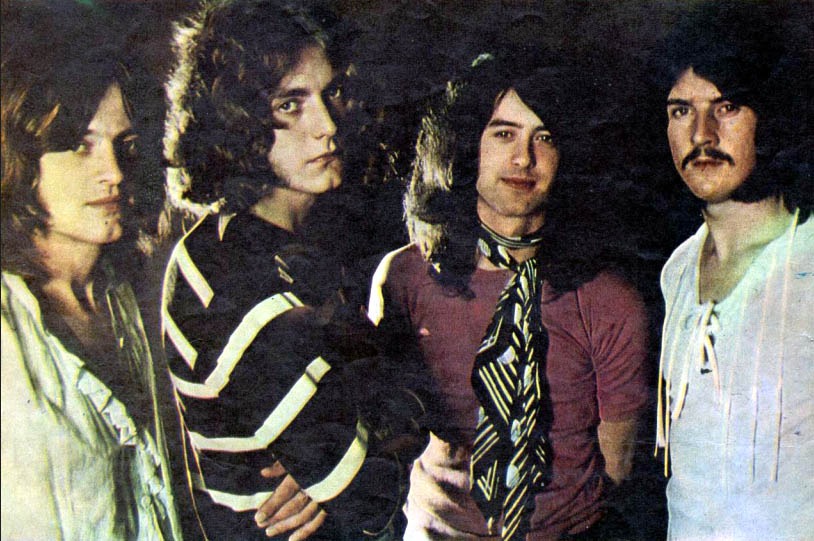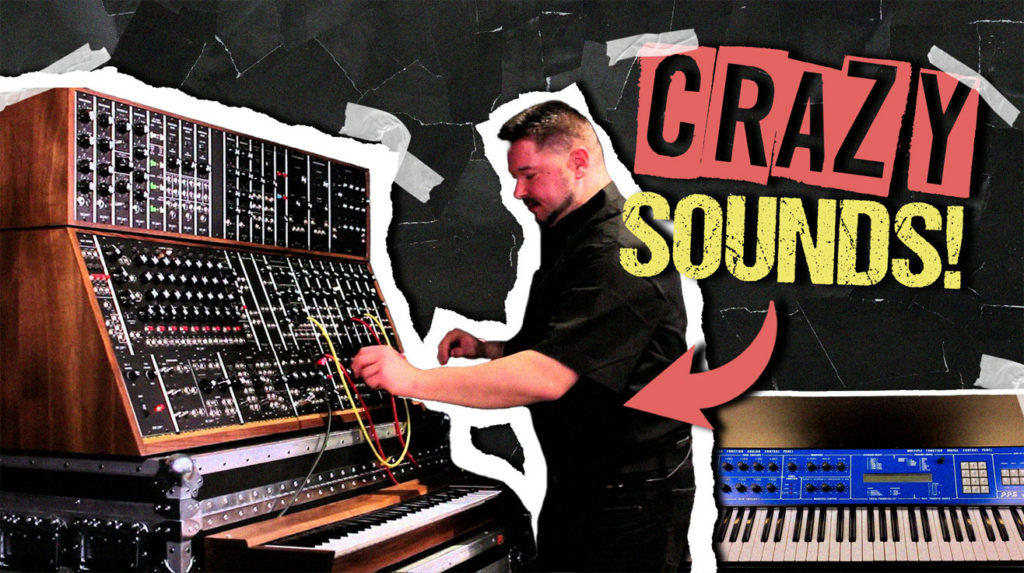
Electronic sounds didn’t just change music—they rewired our understanding of what instruments could be. These 20 synthesizers broke boundaries, created genres, and proved that innovation beats imitation every time. From vacuum tube pioneers to digital revolutionaries, each machine earned its place by doing something no one thought possible.
20. Hammond Tonewheel Organ
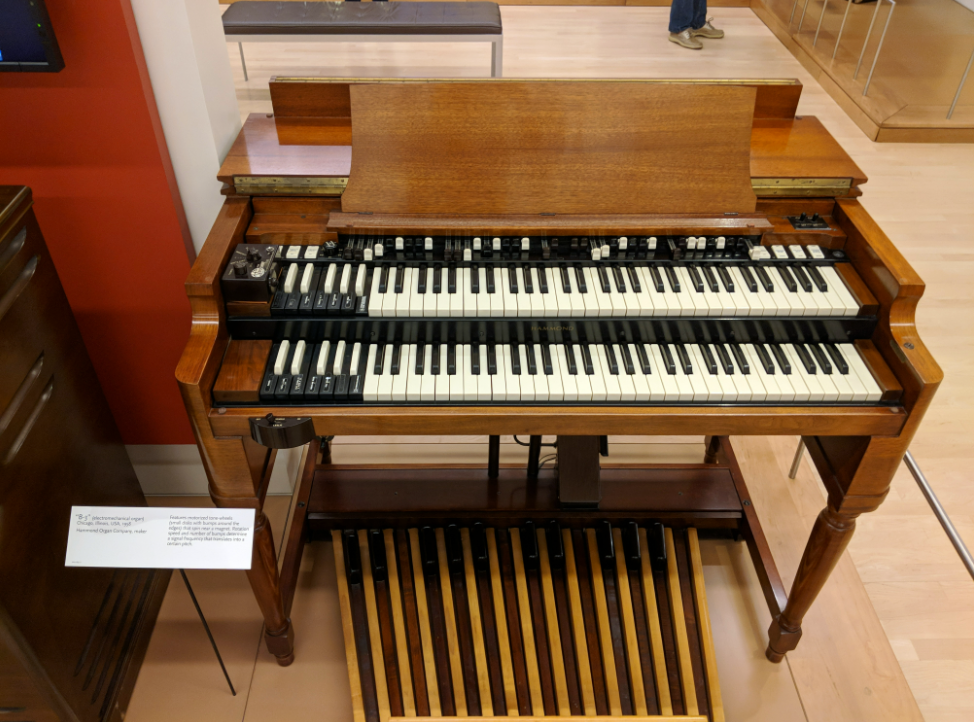
Before synthesizers existed, Hammond created magic with spinning metal discs. Invented in 1935, this electromagnetic marvel used tonewheels and pickups to generate sounds that churches and jazz clubs couldn’t resist.
Those distinctive drawbars gave musicians control over harmonics in ways acoustic instruments never could. The warm, rich tones became the foundation for everything from gospel to prog rock.
19. Hammond Novachord
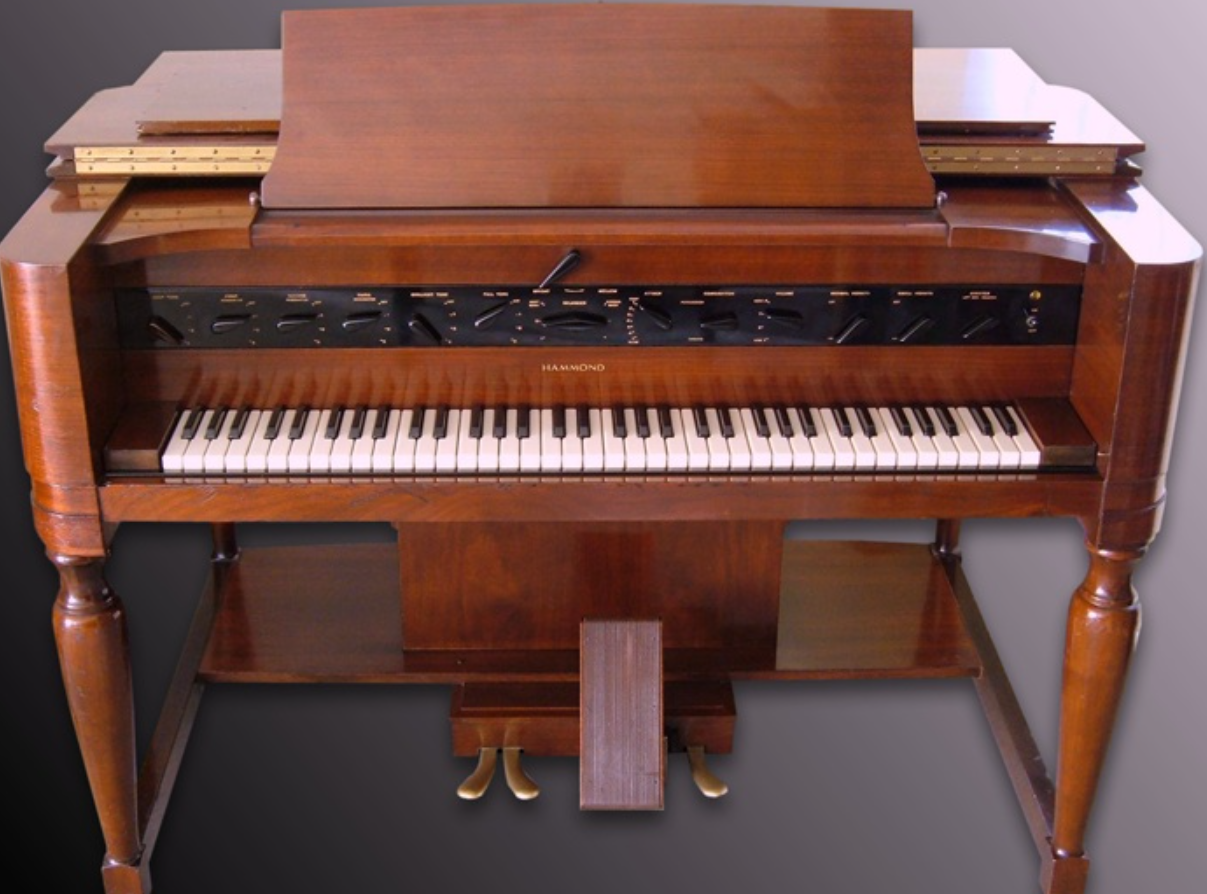
Picture 146 vacuum tubes working together to create polyphonic electronic music in 1939. The Novachord was the first commercial synthesizer, though World War II killed its commercial dreams.
This room-filling beast required constant maintenance and technical expertise. Despite limited success, it established voltage control principles that every synthesizer since has used.
18. Chamberlain
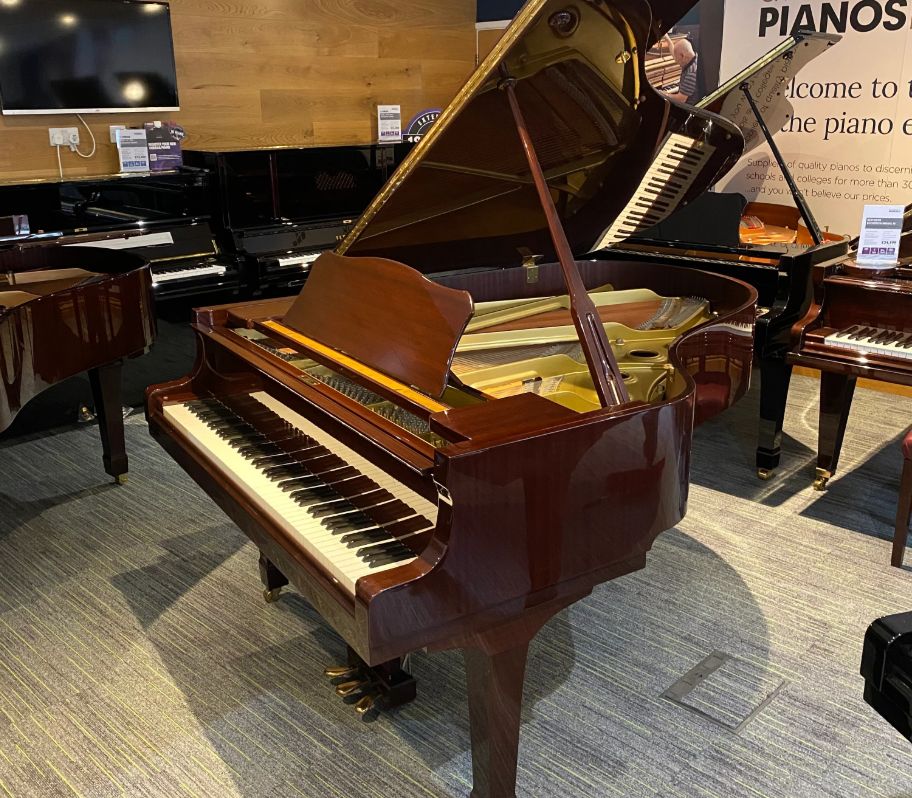
Tape recordings triggered by piano keys sounds simple now, but in 1949 it was revolutionary. The Chamberlain gave keyboardists access to orchestral sounds without hiring an orchestra.
Each key played a pre-recorded tape loop of real instruments. Mechanical complexity made it unreliable, but the concept inspired the more famous Mellotron.
.
17. RCA Sound Synthesizer
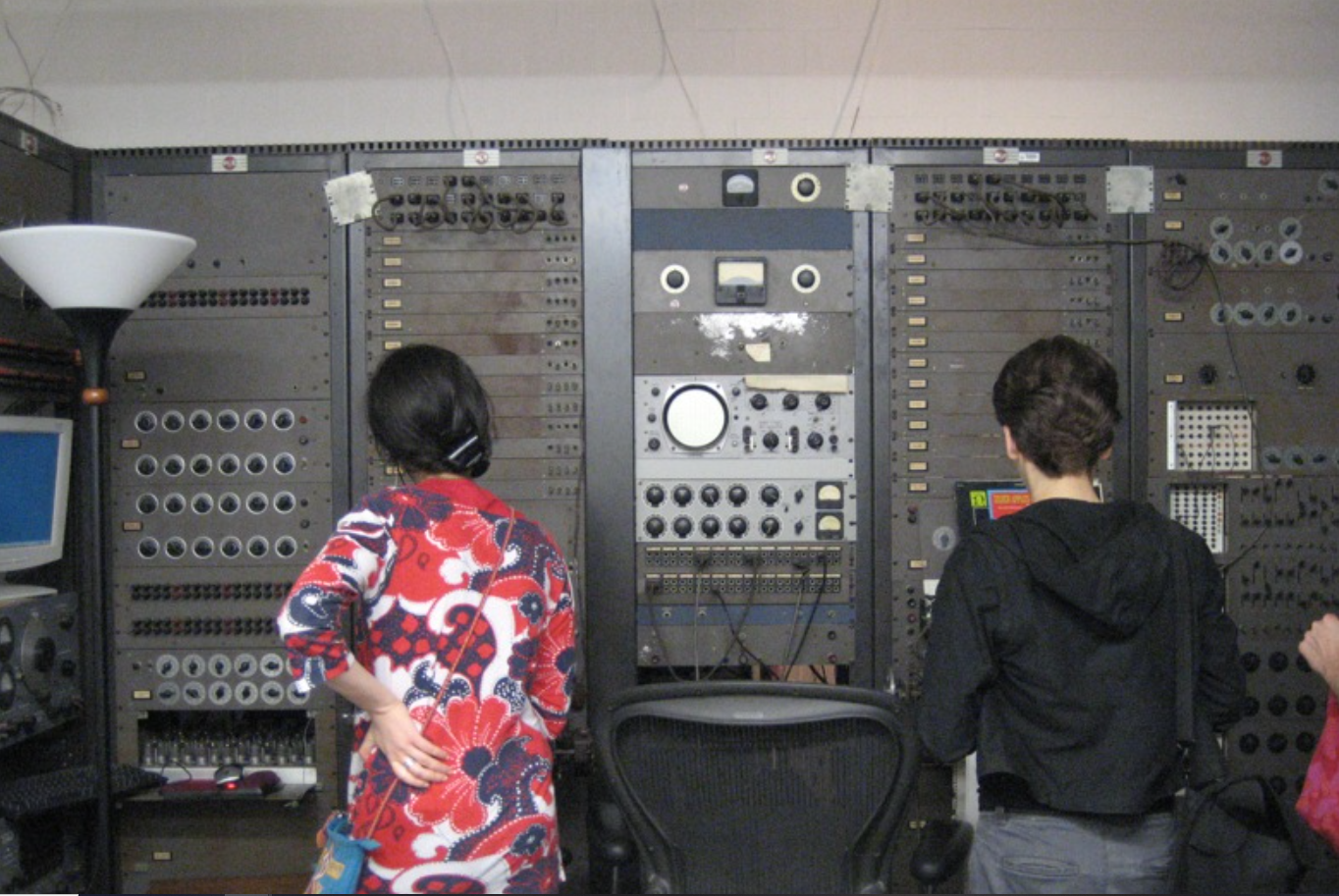
The first machine actually called a “synthesizer” filled an entire room at Columbia University. Introduced in 1951, it used punched paper tape for programming—like a player piano for electronic music.
Only academics could access this experimental laboratory. Its influence on synthesizer development far exceeded its practical applications, establishing concepts still used today.
16. Hammond B3
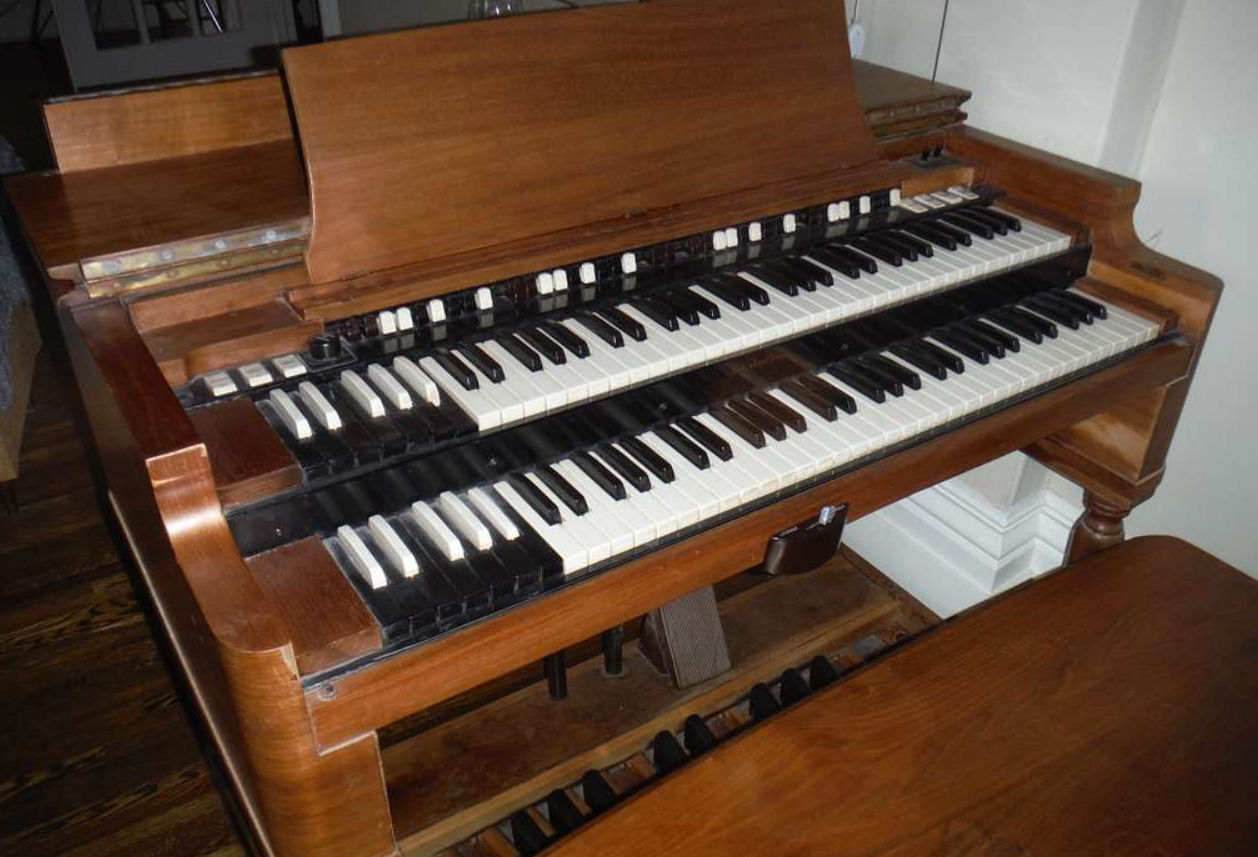
The B3 perfected what the original Hammond started. Released in 1954, this tonewheel organ became the definitive electric organ sound when paired with rotating Leslie speakers.
Jazz, rock, and gospel musicians made the B3 essential equipment. A pristine B3 with Leslie speaker now commands over $20,000—proof that classic never goes out of style.
15. Mellotron
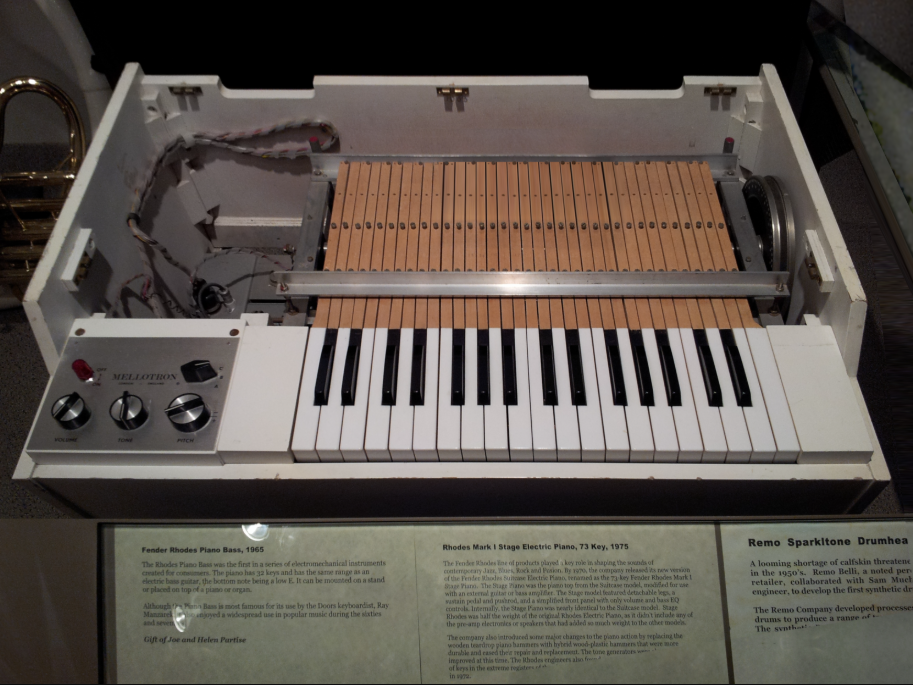
The Mellotron was like having The London Symphony Orchestra in your garage. Built on Chamberlin technology starting in 1963, it used tape recordings to bring orchestral textures to rock bands.
Progressive rock embraced its eight-second tape loops and atmospheric possibilities. The Beatles, King Crimson, and Genesis made the Mellotron’s ghostly strings and choirs legendary.
14. Moog Modular
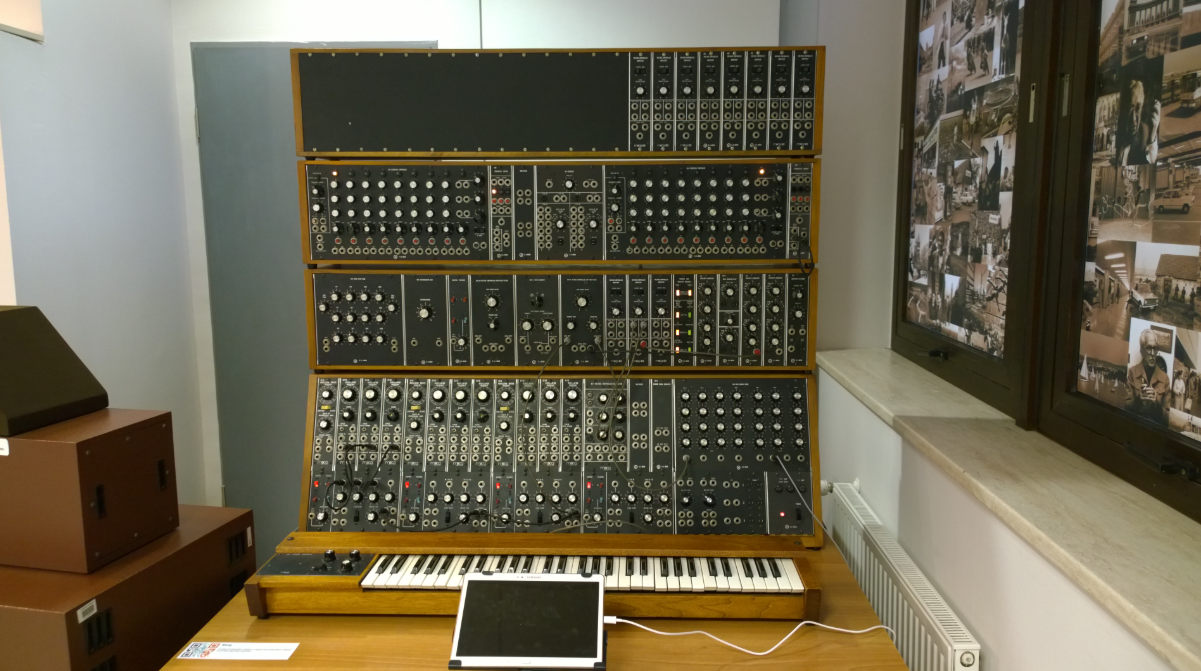
Robert Moog’s voltage-controlled modules changed everything starting in 1963. Musicians could patch cables between oscillators, filters, and amplifiers to create sounds impossible on acoustic instruments.
Wendy Carlos proved synthesizers could be musical with “Switched-On Bach.” The modular approach influenced synthesizer design for decades, establishing Moog as the gold standard.
13. Sequential Circuits Prophet-5
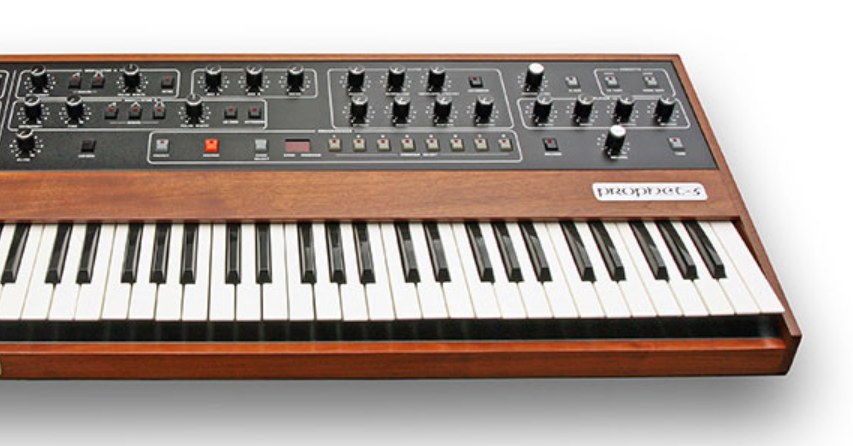
Analog warmth met digital convenience when the Prophet-5 debuted in 1978. Five-voice polyphony with patch memory storage solved the biggest problem plaguing analog synths—remembering your sounds.
Musicians could finally save their creations and recall them instantly. That punchy, organic sound defined 1980s pop music and still commands over $5,000 on the vintage market.
12. New England Digital Synclavier
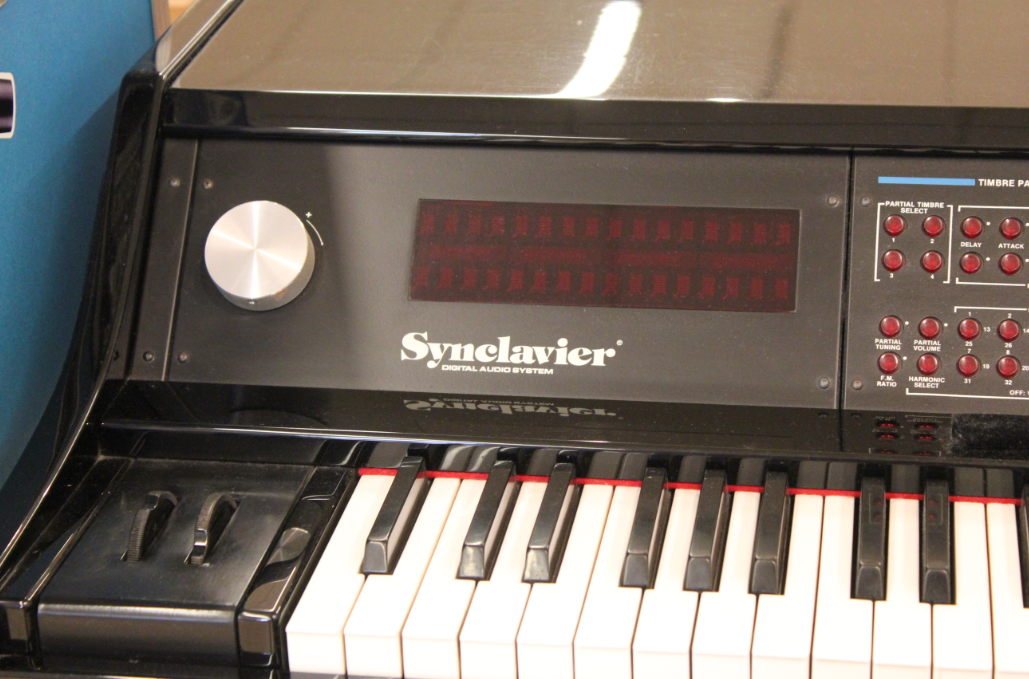
The Synclavier combined keyboard, computer, and sampler into one expensive package starting in 1977. Digital additive synthesis created sounds no analog synth could match.
Its $200,000 price tag limited ownership to major studios and film composers. Despite exclusivity, the Synclavier pioneered integrated digital workstations that every DAW follows today.
11. Yamaha CS-80
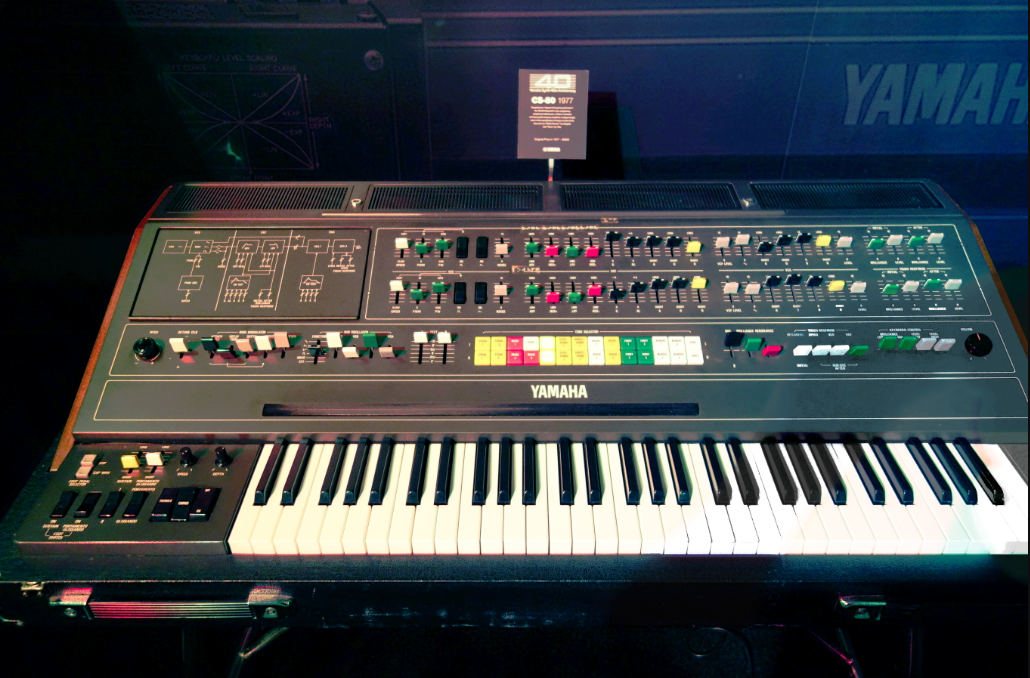
Expression through electronics reached its peak with the CS-80 in 1977. Eight-note polyphony, velocity sensitivity, and aftertouch made it feel like an acoustic instrument.
Vangelis used it to score “Blade Runner,” creating cinematic textures that still sound futuristic. At 220 pounds, it wasn’t portable, but its emotional range was unmatched.
10. Minimoog Model D
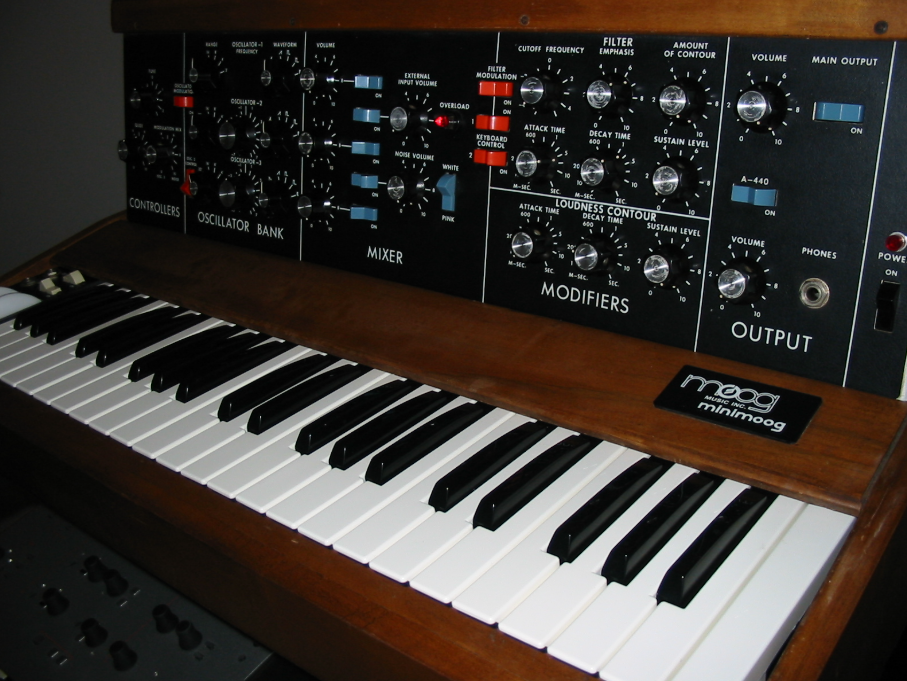
The Minimoog made synthesis portable in 1970. At just over 20 pounds and $1,500, it democratized electronic music by fitting in cars instead of requiring moving trucks.
Three oscillators and that legendary ladder filter created bass lines that still shake dance floors. The Model D proved synthesizers belonged on stage, not just in studios.
9. Buchla Modular Electronic Music System
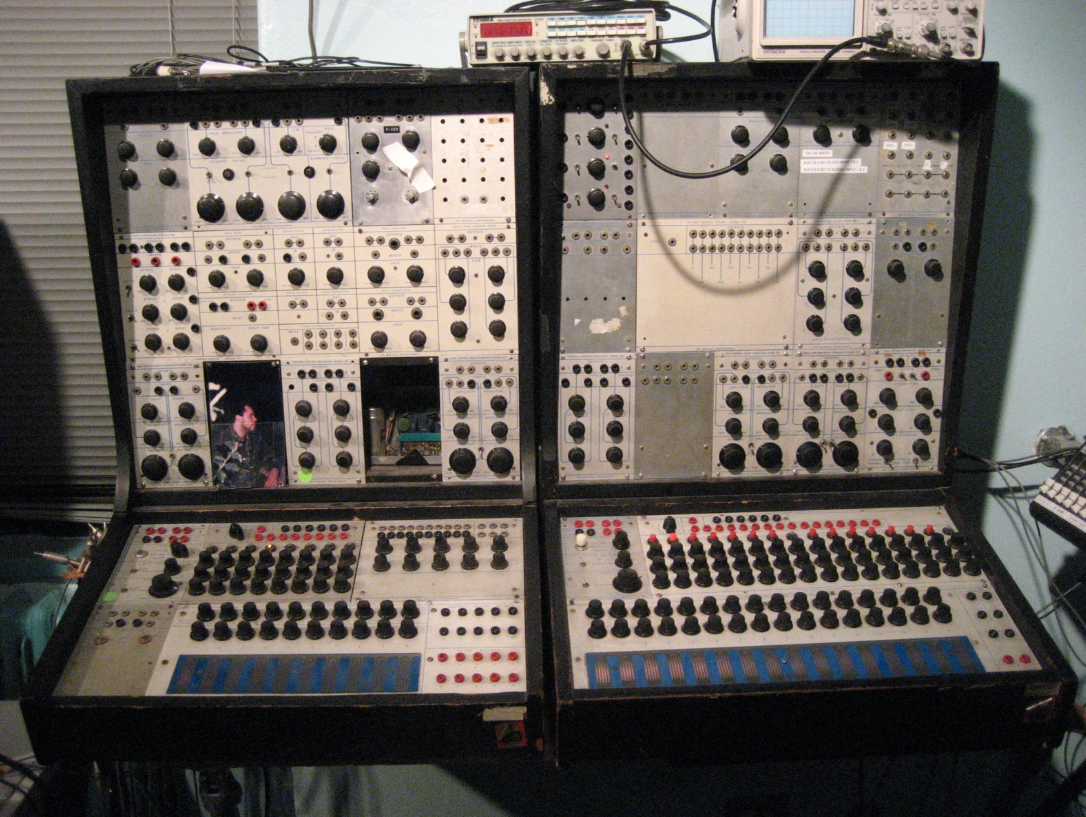
While Moog used keyboards, Don Buchla chose touchplates for his modular system. This alternative approach encouraged experimental techniques that traditional interfaces couldn’t inspire.
Academic and experimental musicians embraced Buchla’s philosophy of touch-based control. Though less commercially successful than Moog, it proved synthesizers could follow different paths.
8. Oberheim OB-Xa
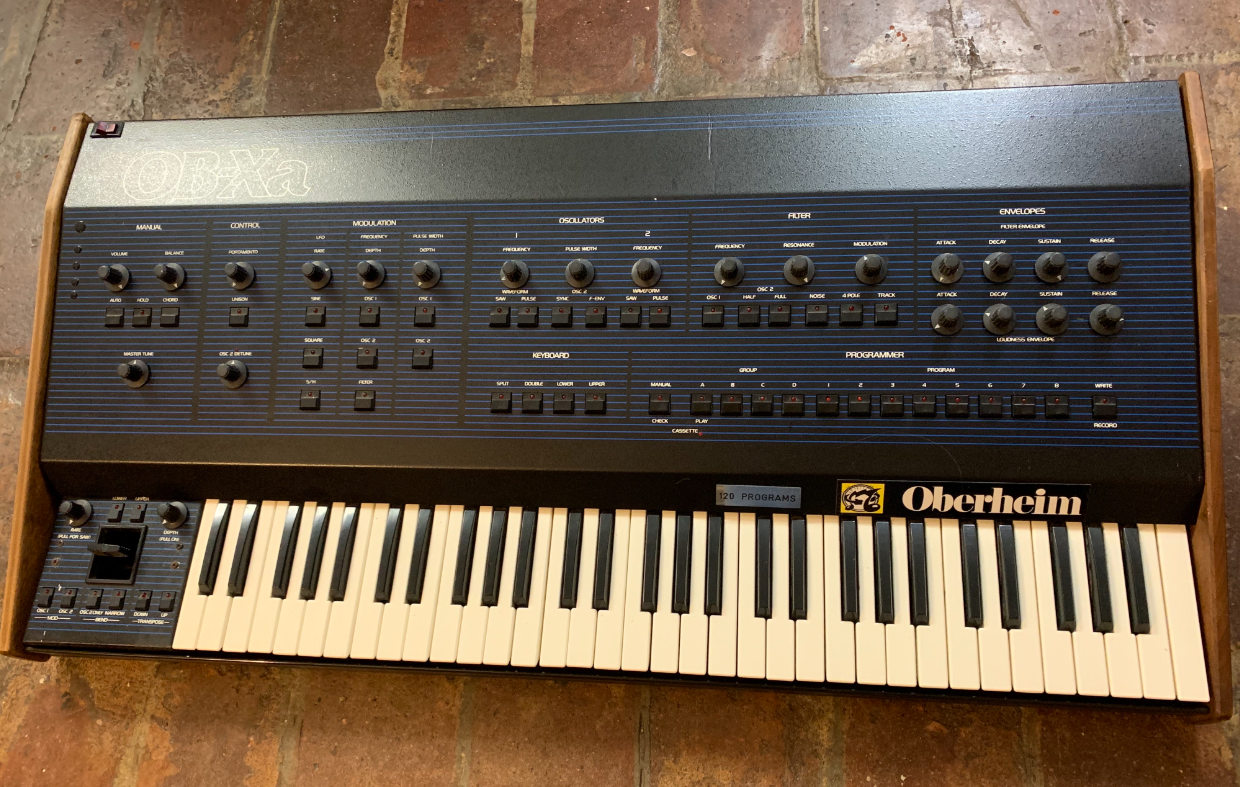
Analog polyphony reached new heights with the OB-Xa’s powerful voice architecture. Van Halen’s “Jump” showcased its brassy, punchy character that defined 1980s rock.
Complex analog circuits created thick textures and dynamic sounds. The OB-Xa’s distinctive character made it essential for pop producers seeking that perfect 80s edge.
7. Roland Jupiter-8
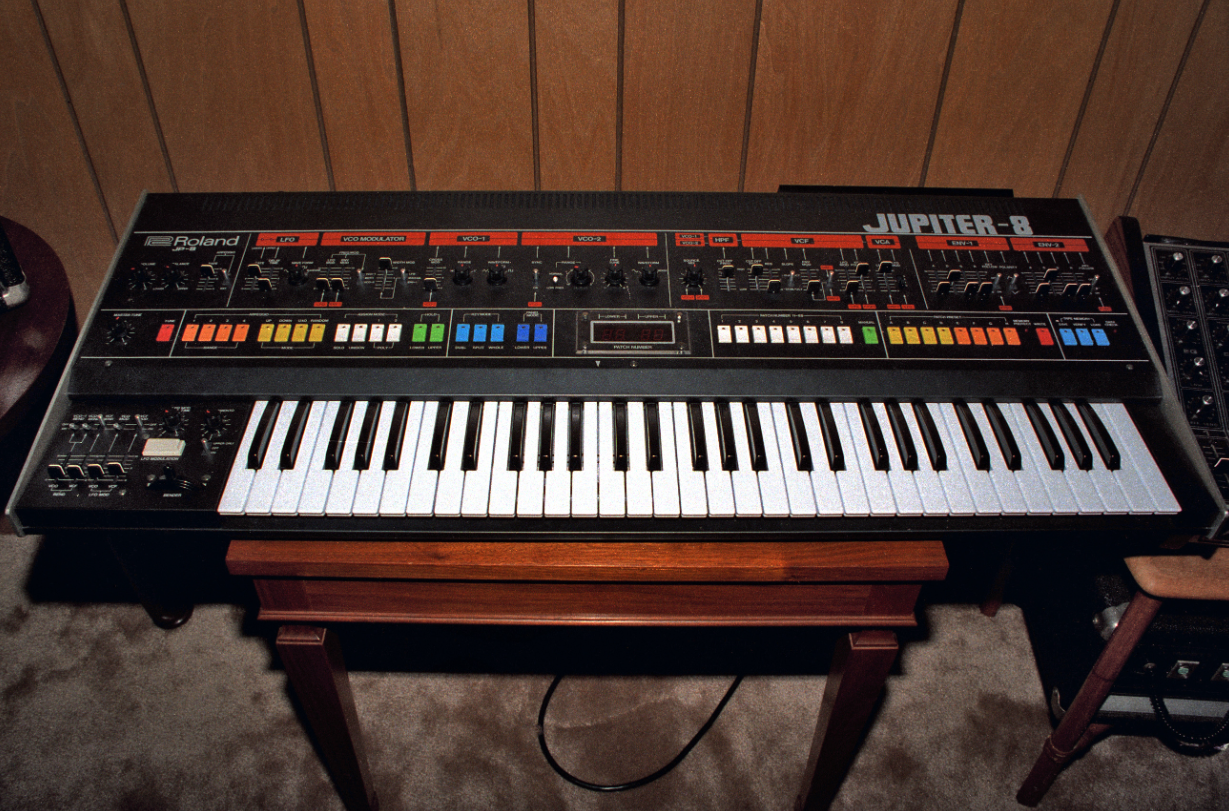
Eight voices of analog perfection arrived with the Jupiter-8’s remarkably stable tuning. Duran Duran, Depeche Mode, and Prince used its lush pads and sparkling arpeggios.
Dual oscillators and built-in chorus created sounds that were both warm and cutting. Working examples now sell for over $20,000, proving vintage demand never fades.
6. PPG Wave 2.3
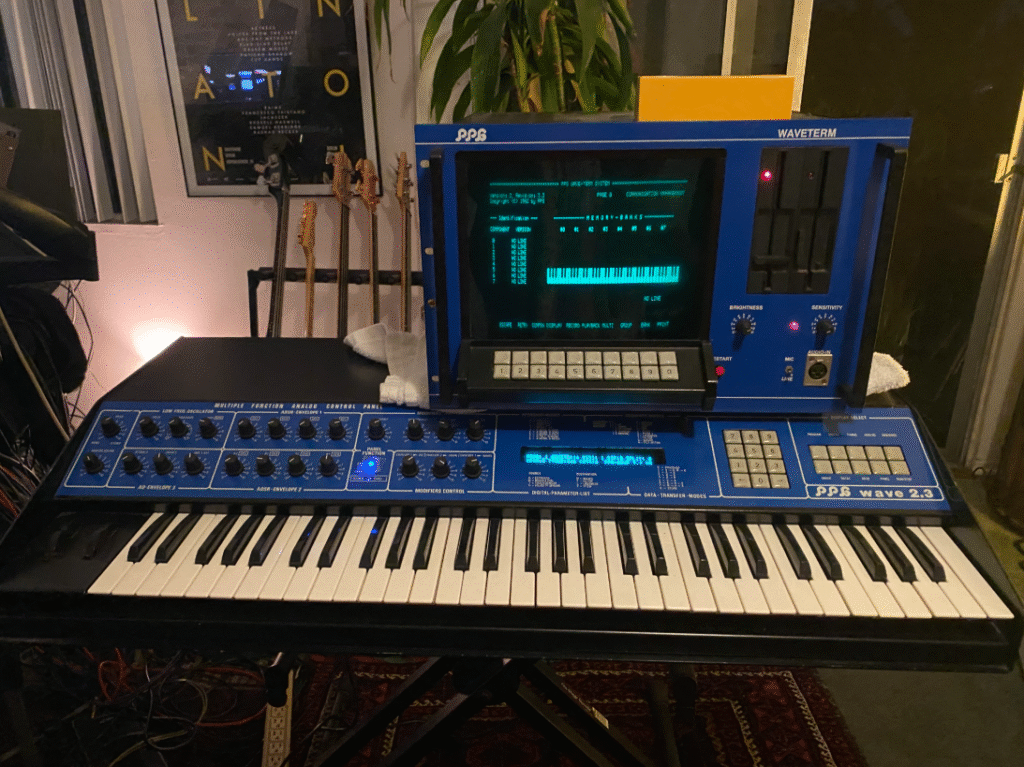
Wavetable synthesis began with the PPG Wave’s digital oscillators and analog filters. Complex timbral evolution became possible through morphing between different waveforms.
Tangerine Dream, David Bowie, and Depeche Mode explored its unique digital textures. Though expensive and complex, it established wavetable synthesis as a major technique.
5. New England Digital Synclavier II
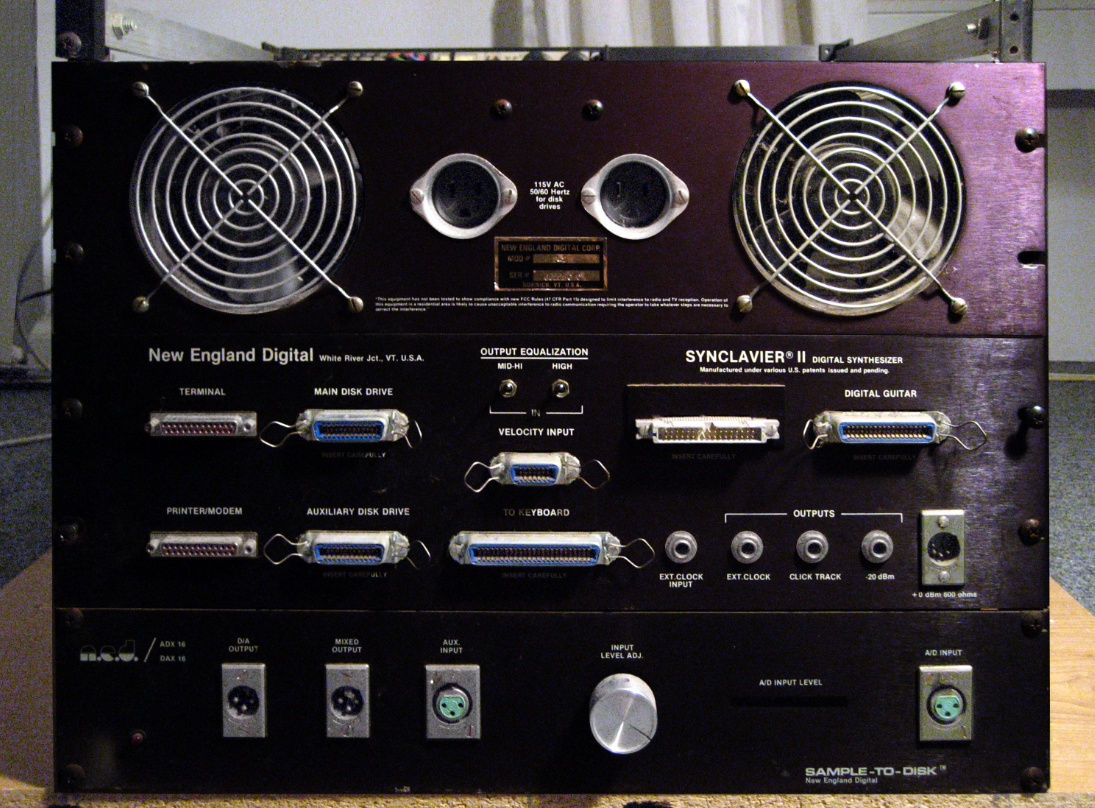
The Synclavier II integrated FM synthesis, sampling, and sequencing into one powerful workstation. Michael Jackson, Stevie Wonder, and Frank Zappa used its sophisticated capabilities.
Graphic displays and minicomputer processing power made complex productions possible. At over $100,000, it remained exclusive but influenced every digital workstation since.
4. Roland TB-303 Bass Line
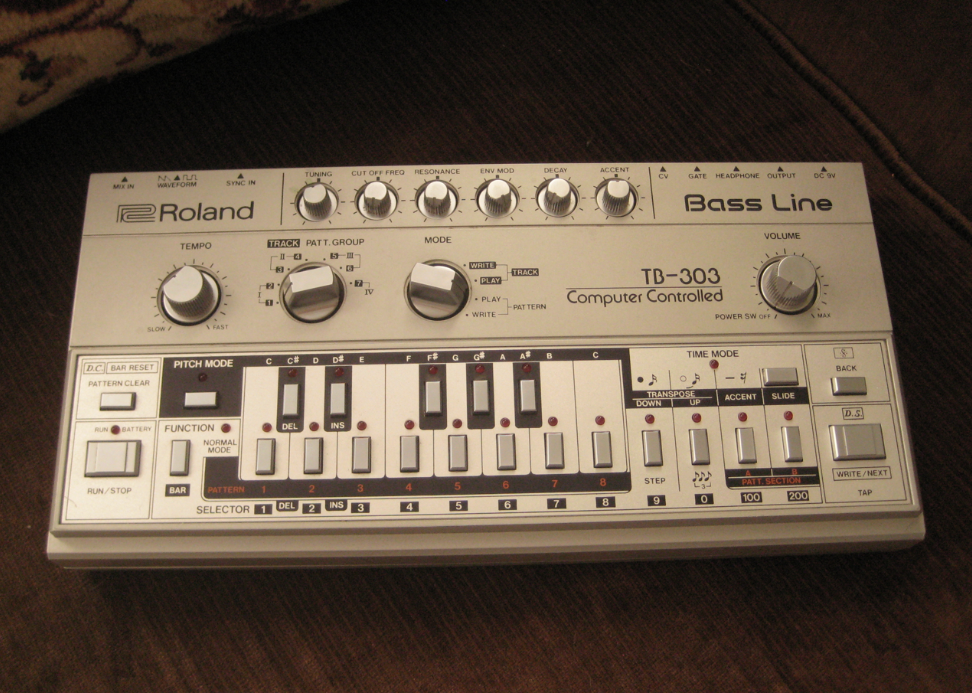
Designed as bass accompaniment for guitarists, the TB-303 accidentally created acid house instead. Its monophonic sequencer and envelope modulation produced that distinctive squelching sound.
Dance music producers discovered its unique character and made it legendary. Originally $395, working 303s now command thousands from electronic music devotees.
3. Yamaha DX7
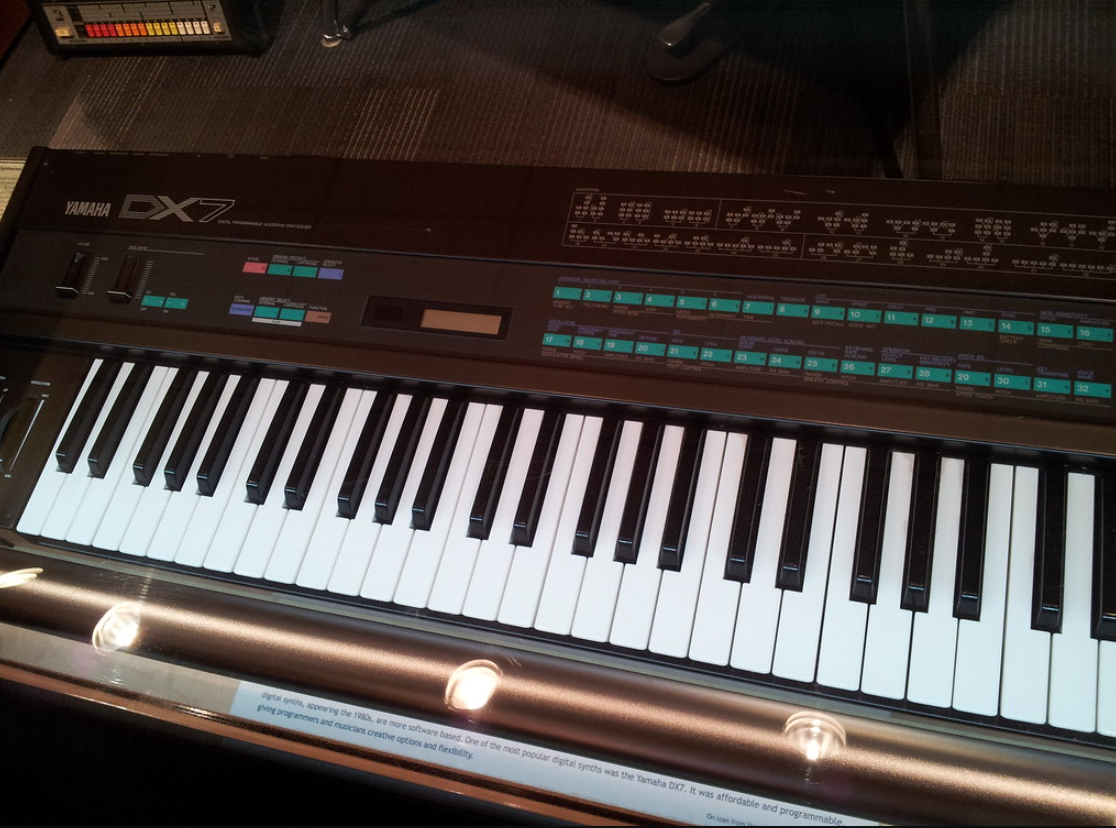
FM synthesis reached the masses with the DX7’s affordable digital sounds. Sixteen-note polyphony and crystal-clear electric pianos defined 1980s pop music.
Over 200,000 units sold made it the most successful synthesizer ever. Those metallic bell tones and punchy basses created the soundtrack for an entire decade.
2. Roland D-50
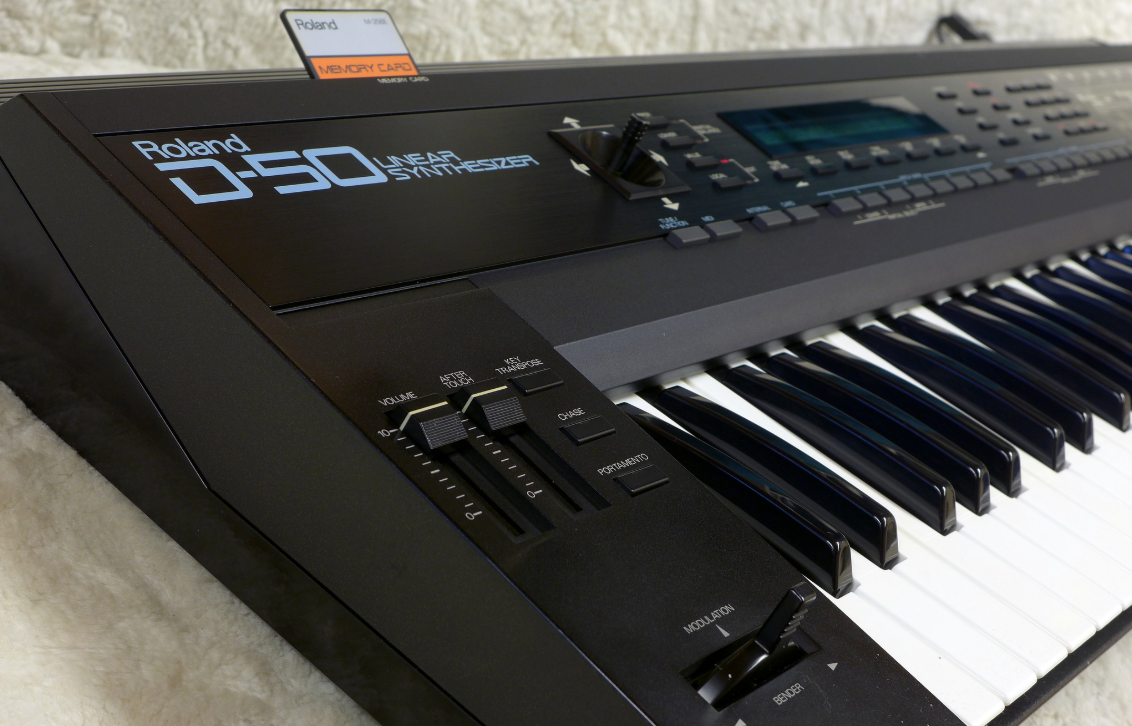
Linear Arithmetic synthesis combined sampled attacks with digital sustains for unprecedented realism. Built-in effects and joystick control added expressive possibilities.
Jean-Michel Jarre, Enya, and Prince used its lush pads and digital textures. The D-50 proved digital synthesis could be both musical and innovative.
1. Korg M1
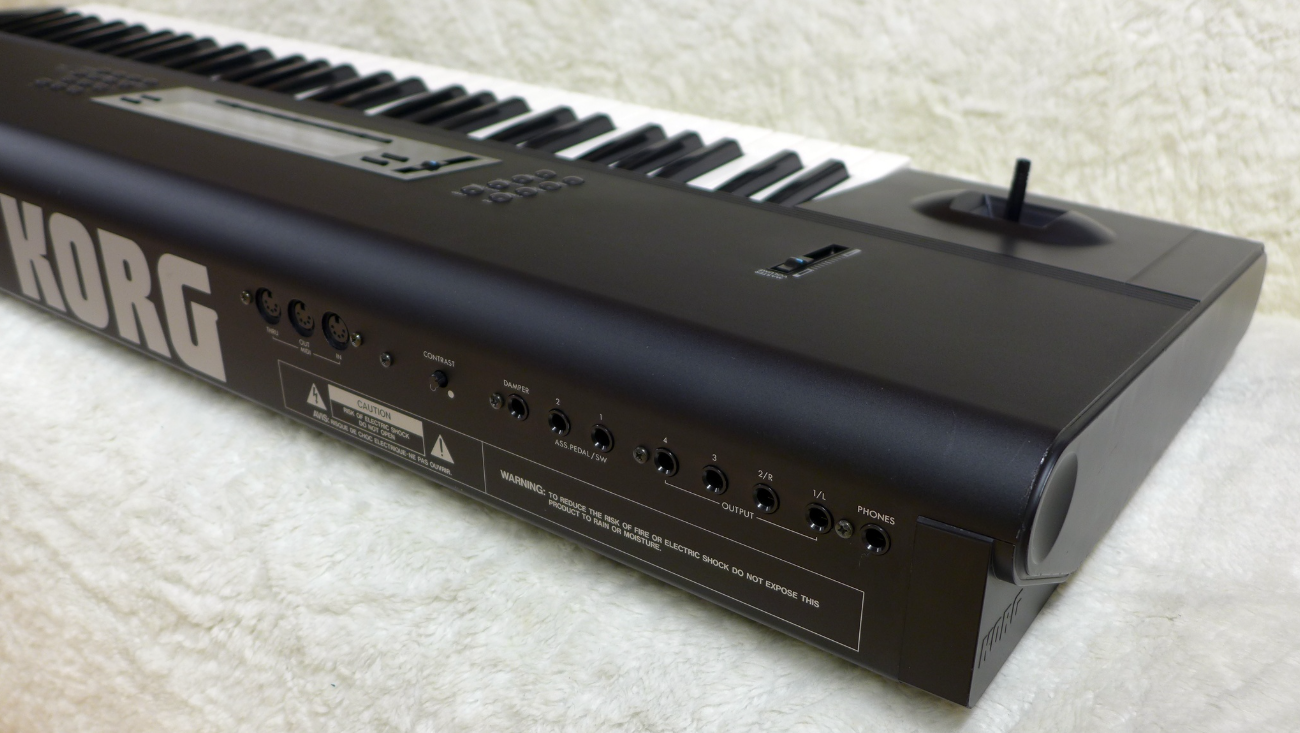
The M1 created the workstation concept by combining synthesis, sampling, and sequencing. Iconic presets like “Universe” and “M1 Piano” dominated late 80s and early 90s music.
As the best-selling digital synthesizer, it streamlined music production workflows. Musicians could compose, arrange, and produce entire songs with one instrument for the first time.




